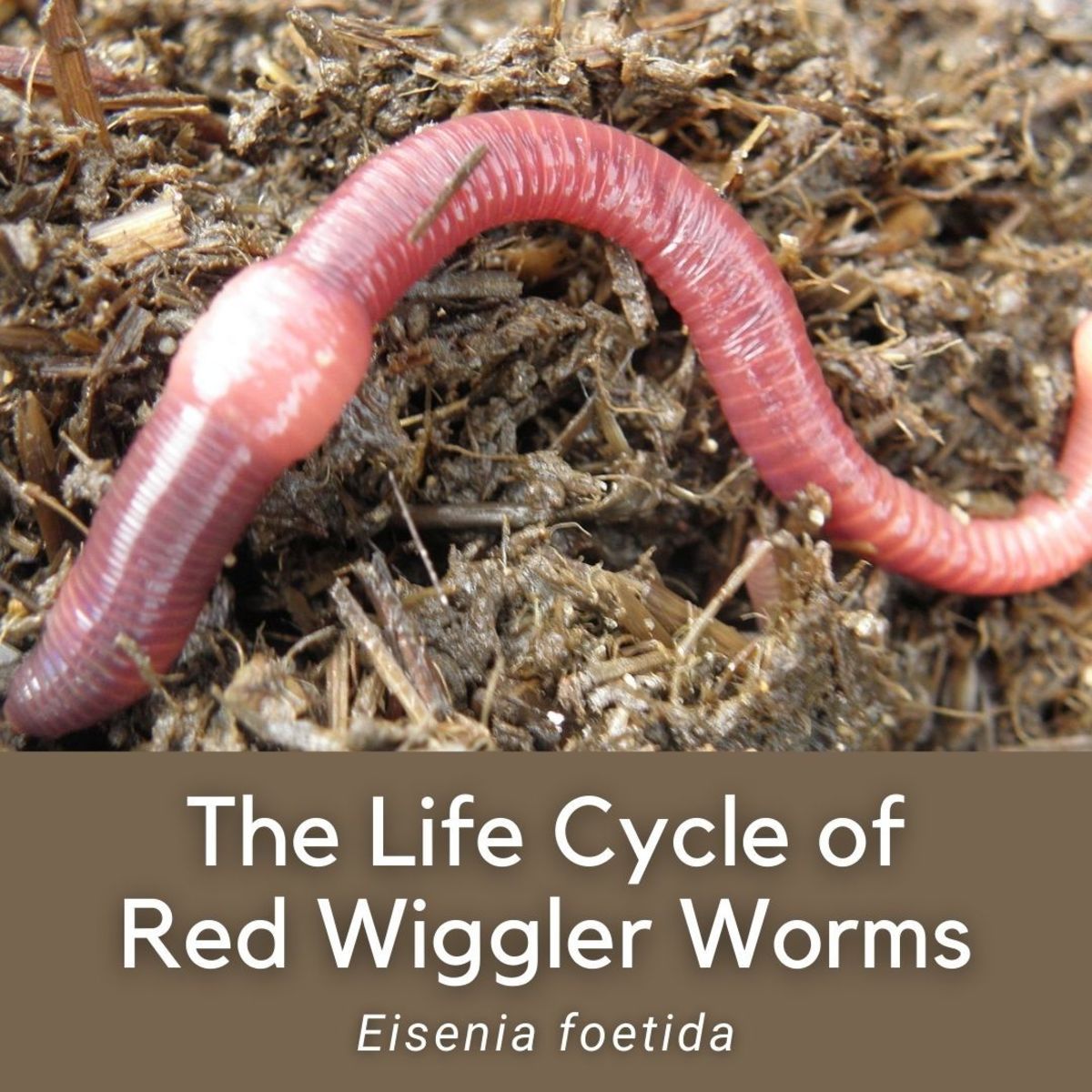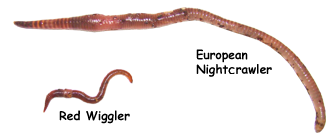Organic Composting with Red Wiggler Worms - Boost Your Garden's Development
Organic Composting with Red Wiggler Worms - Boost Your Garden's Development
Blog Article
Discover the Ultimate Overview to Red Wiggler Worms: Just How to Take care of, Breed, and Harvest These Beneficial Creatures
In the world of sustainable horticulture and composting, red wiggler worms are considered as invaluable allies as a result of their capacity to damage down raw material successfully and produce nutrient-rich spreadings. Comprehending the complexities of taking care of these mighty but little creatures, understanding the art of breeding them, and learning the optimum ways to gather their spreadings can substantially improve the health and wellness of your dirt and plants. As we start this journey to check out the utmost guide to red wiggler worms, we will certainly uncover practical ideas, expert understandings, and cutting-edge methods that will not only profit your yard but additionally deepen your gratitude for these useful soil-dwellers.
Establishing Up Your Red Wiggler Environment
Developing a suitable environment for your red wigglers is important for their wellness and recreation. Begin by picking a large and opaque container to house your worms, guaranteeing it has proper air flow to maintain air movement.
Following, line all-time low of the container with a layer of moistened bedding materials such as shredded paper, cardboard, or coconut coir. This bed linen provides a comfy area for the worms to tunnel and aids preserve moisture levels within the environment. Present your red wigglers to their brand-new home by delicately positioning them in addition to the bed linen.
To create an ideal living atmosphere, add food scraps such as vegetables and fruit peels, coffee premises, and eggshells routinely. Stay clear of zesty or acidic foods, dairy, meat, and oils, as these can harm your worms. Cover the food scraps with extra bedding to avoid fruit flies and smells. By complying with these actions, you can ensure a growing habitat for your red wiggler worms.
Important Care Tips for Red Wigglers
To make certain the well-being and long life of your red wiggler worms, it is crucial to apply necessary care suggestions that match the meticulous configuration of their habitat. Keep correct dampness degrees in the worm container by on a regular basis adjusting the bed linen and checking. Red wigglers thrive in a wet atmosphere, so misting the bedding with water when it shows up completely dry is crucial. In addition, ensure ample ventilation in the bin to stop the buildup of dangerous gases like ammonia. Mixing the bedding sometimes can aid aerate the atmosphere and advertise healthy and balanced decomposition.

The Art of Red Wiggler Reproduction
How can red wiggler breeders optimize the reproduction process to maintain a flourishing and healthy worm population? To enhance reproducing success, dog breeders need to guarantee that the worm container atmosphere remains damp, oxygenated, and abundant in organic issue.
To motivate breeding and egg-laying, it is necessary to monitor the temperature within the worm container. Red wigglers prefer temperature levels between 55-77 ° F(13-25 ° C )for optimal breeding conditions. Red Wiggler Worms. my link Additionally, avoiding extreme temperature level variations and offering a dark and uninterrupted environment can stimulate the worms' reproductive activities

Harvesting and Utilizing Worm Castings
Maximizing the reproduction process and preserving a healthy worm population through effective reproduction sets the phase for red wiggler dog breeders to take advantage of the important source of worm castings. Collecting worm castings, likewise referred to as vermicompost, is a critical action in the red wiggler worm farming process. These nutrient-rich castings are a powerful organic fertilizer that can improve soil top quality, enhance plant development, and increase crop returns.
One typical method is to produce separate feeding areas in the worm container, enticing the worms to move to brand-new bed linen by focusing food in one area. Another technique entails spreading out the materials of the bin in a thin layer under brilliant light; worms will burrow deeper into the stack, allowing for the simple removal of the castings from the top.
Utilizing these worm castings in your yard or agricultural endeavors can considerably benefit plant health and wellness and soil fertility, making the initiative of gathering them a gratifying facet of red wiggler worm farming.
Troubleshooting Common Red Wiggler Issues
When assessing red wiggler worm ranches, breeders may encounter usual problems that need troubleshooting to keep the health and wellness and efficiency of their worm populace. One common issue is overfeeding, which can cause an accumulation of uneaten food and excess wetness in the worm bin. This can cause nasty smells, drawing in bugs, and possibly hurting the worms. To remedy this, minimize the feeding quantity and regularity till the worms capture up with the offered food.
Another concern breeders may face is the presence of termites in their worm containers (Red Wiggler Worms). While some mites are harmless, an overpopulation can suggest an find this imbalance in the bin's environment. To address this, change the moisture levels by adding more bed linens materials like shredded newspaper or cardboard to create a drier environment that is much less favorable for mites
Last but not least, if worms are trying to leave the bin, it might signify undesirable problems such as acidity or heats. Examine the pH degrees of the bedding and make sure appropriate air flow to control temperature level and moisture degrees within the worm ranch.
Conclusion
In final thought, red wiggler worms are important creatures that can profit your garden or compost container. Be attentive to typical issues that might arise and resolve them immediately to make certain the health and productivity of your red wiggler population.
Maintain the worm container in an appropriate place away from direct sunshine and extreme temperature levels to offer a comfy living setting for your red wigglers.
Enhancing the reproduction process and maintaining a healthy and balanced worm population via successful breeding establishes the phase for red wiggler breeders to take advantage of the important resource of worm castings. Collecting worm spreadings, also understood as vermicompost, is a critical step in the red wiggler worm farming process. One typical strategy is to develop separate feeding areas in the worm bin, attracting the worms to migrate to new bedding by focusing food in one location.When evaluating red wiggler worm ranches, dog breeders might come across typical issues that call for troubleshooting to preserve the health and wellness and productivity of their worm populace.
Report this page